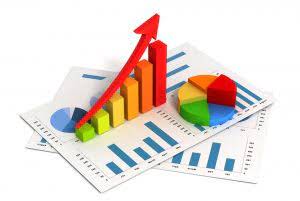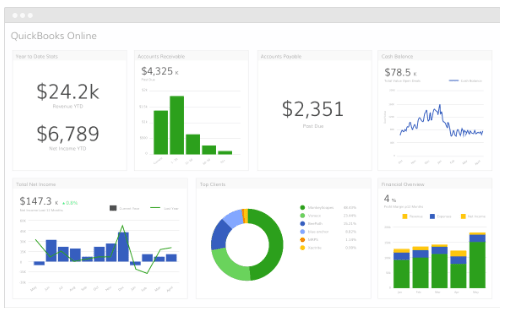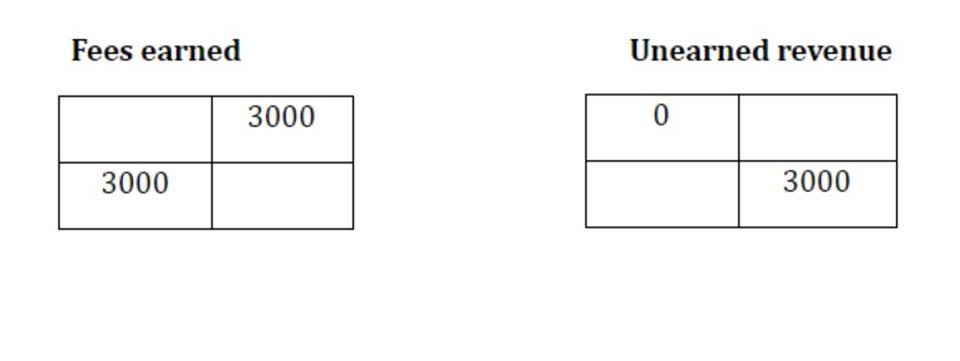
The operating cycle, also known as the cash cycle of a company, is an activity ratio measuring the average period required for turning the company’s inventories into cash. Days Payable Outstanding (DPO) represents the average number of days it takes for your company to pay its accounts payable to suppliers. A longer DPO indicates that you are retaining cash for a more extended period, which can be advantageous for working capital management. Days Sales of Inventory (DSI) is a crucial metric that measures how quickly your company turns its inventory into sales. A shorter DSI indicates efficient inventory turnover, which is essential for cash flow and reducing carrying costs. Accounts receivable management is a critical aspect of your operating cycle, focusing on ensuring that your customers pay you promptly for the goods or services you’ve provided.
Accounts Payable Turnover Ratio: Formula, How to Calculate, and Improve It
Let us consider an example to compute the operating cycle for a company named XYZ Ltd. As per the annual report of XYZ Ltd for the financial year ended on March 31, 20XX, the following information is available. The higher the operating cycle, the lower the liquidity will be because more time elapses before cash is obtained. For example, businesses like airlines operate on longer cycles due to their reliance on expensive aircraft and employees who often work around the clock. The companies with high operational efficiency are typically those that provide goods or services with short shelf lives i.e., clothing, electronics, etc.
Days Sales of Inventory (DSI)

The operating cycle is a financial metric that measures the time it takes for a company to convert its investments in inventory and accounts receivable into cash. Essentially, it is the duration between the acquisition of inventory and the collection of cash from customers after selling the inventory. To get the inventory turnover days, divide your average inventory by the cost of goods sold, and then multiply that number by 365. Next, calculate accounts receivable days by dividing average accounts receivable by net credit sales, followed by multiplying this result by 365.

6 The Closing Process

Understanding and monitoring your operating cycle can help you identify areas for improvement, optimize cash flow, and make informed financial decisions. To improve the operating cycle, streamline inventory management, optimize receivables by offering early payment discounts and automating invoicing, and strengthen supplier relationships to negotiate better payment terms. Typically, a shorter operating cycle means a company converts inventory and receivables into cash more quickly. As a result, your business has enhanced liquidity, can meet its short-term obligations, and can invest in growth opportunities. The Operating Cycle is calculated by getting the sum of the inventory period and accounts receivable period.
Accounting Software
To address this issue, this study designed a battery cycle aging simulation system capable of simulating irregular operating conditions (i.e., varying discharge/charge power and depths). To enhance the model’s interpretability, we adopted a method based on SHAP values to analyze the importance of input features and their interaction effects. Building on this, we propose an innovative hybrid model that combines a deep cross network and an attention mechanism to calculate battery cycle aging. Compared to traditional deep fully connected networks, this new model is more effective in capturing feature interactions and focusing on key features in its architecture. Comparative experiments show that the new model improves battery cycle aging prediction accuracy by 4% over traditional deep fully connected networks.
SaaS Financial Model Template

An analyst would prefer a shorter cycle because it indicates that the business is efficient and successful. Besides, a shorter cycle also indicates that the company will be able to recover its investment fast and has adequate cash to meet its business obligations. Now, the accounts receivable is equal to the total number of days required to receive the payment for goods and services sold. You have to use the quotient of credit sales and average accounts receivable to divide 365. Understanding the difference between an operating cycle and a cash cycle is crucial. While both offer valuable insights, a cash cycle reveals a company’s ability to handle cash flow, whereas an operating cycle assesses the overall efficiency of its operations.
- Weather patterns significantly impact animal and insect behavior and pest control strategies.
- If the adjustment was not recorded, assets on the balance sheet would be understated by $400 and revenues would be understated by the same amount on the income statement.
- Normal operating cycles are the usual time it takes for a business to turn inventory into cash.
- For example, an efficient sales force can increase the company’s market share and reduce the time it takes to acquire new customers.
- It is essential to understand the concept of the operating cycle formula as it helps to assess how efficiently a company is operating.

It combines the time for inventory turnover and receivables collection minus the payables period. Understanding the operating cycle formula is essential for businesses seeking to enhance operating cycle formula their financial performance. By leveraging this formula, companies can optimize their operations, improve liquidity, manage working capital effectively, and increase profitability.
The Benefits of Improving Operating Cycles
However, it is important to recognize the formula’s limitations and interpret the results in the context of industry dynamics and company-specific factors. By actively managing and shortening the operating cycle, businesses can unlock significant value and position themselves for long-term success. Once you have the values for the inventory conversion period, average payment period, and accounts receivable collection period, add the inventory conversion period to the accounts receivable collection period. Then, subtract the average payment period from the total obtained in the previous step. Understanding the components of an operating cycle is crucial for both job seekers and employers in today’s competitive market. The operating cycle represents the time it takes for a company to purchase inventory, convert it into products or services, sell those products or services, and receive cash from customers.
What are normal operating cycles?
In the last section, we saw that the adjusted trial balance is prepared after journalizing and posting the adjusting entries. This section shows how financial statements are prepared using the adjusted trial balance. As a result, some account balances reported on the January 31, 2023 unadjusted trial balance in Figure 2 have changed. Recall that an unadjusted trial balance reports account balances before adjusting entries have been recorded and posted. An adjusted trial balance reports account balances after adjusting entries have been recorded and posted. This adjusting entry enables BDCC to include the interest expense on the January income statement even though the payment has not yet been made.